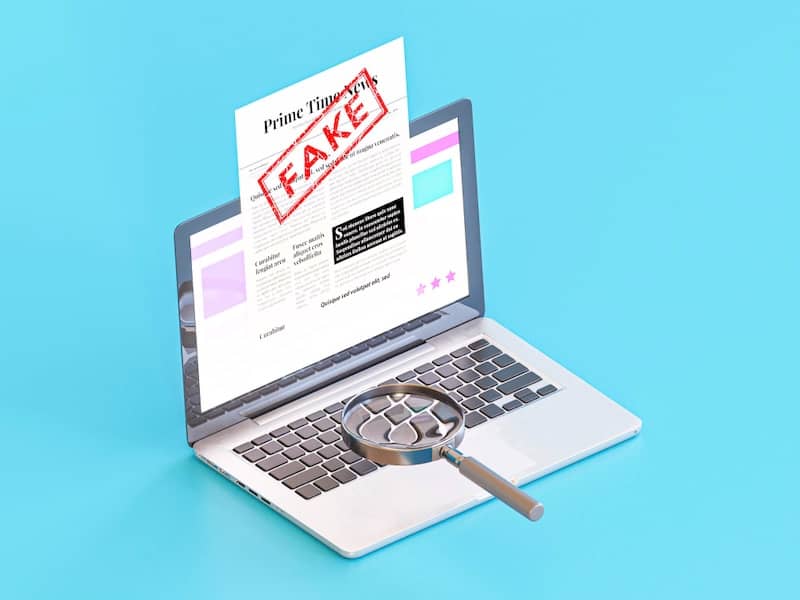When people are checking out a company or product online, reviews can play a huge role in whether they decide to buy or move on. And when it comes to review sites, Trustpilot stands out as one of the most visible and influential. Whether you’re in e-commerce, software, finance, or consulting, there’s a good chance Trustpilot reviews are helping shape how potential customers see your business.
These reviews aren’t just sitting quietly online, either. They often pop up right on the first page of search results, show up on company websites, and get shared in email campaigns. And if the feedback is negative, it can do more damage than you might think—especially if you don’t respond constructively to it.
The Power of Online Reviews
Consumers Value Peer Feedback
It’s no longer enough for you to simply say your product is the best. Your customers want to see proof, and that proof often comes in the form of peer reviews. Research suggests that most consumers read online reviews before making a purchase, and a significant portion of those consumers consult third-party platforms like Trustpilot for validation.
So, why Trustpilot? Unlike the hand-picked testimonials you might put on your own website, Trustpilot is a third-party site that claims to show honest, unfiltered reviews from real people. That makes it feel more trustworthy to customers. They see it as a place to get the real story. And since Trustpilot reviews often show up right at the top when someone Googles your business, they quickly become part of how people decide if they want to work with you.
As a business, you can’t afford to ignore that visibility. Even a few poor reviews, when left unanswered or unmanaged, can push prospective customers toward competitors with stronger reputations on the platform.
Understanding Consumer Expectations
People today are pretty smart when it comes to reading reviews. They don’t just look at the really good or really bad ones—they want to see the whole story. If you get a few negative reviews alongside the glowing ones, don’t worry. A bunch of five-star ratings with no real feedback can seem suspicious. But a profile with different opinions—good and not-so-good—feels more real and trustworthy.
Actually, studies show that a perfect 5-star rating can make people doubt if the reviews are real. Most folks trust businesses more when the average rating is between 4.2 and 4.8, especially if the company replies to reviews and shows they’re trying to improve.1
How Trustpilot Shapes Customer Decisions
The Impact of Reviews
Imagine this: someone finds your business on Google and thinks your product or service sounds pretty cool. But before they decide to buy, they open a new tab and type in “[Your Business] Trustpilot.” If they see lots of recent, helpful, and positive reviews, it makes them feel more confident. But if the top results are just angry one-star comments and no replies from your team, their interest can disappear fast.
This kind of thing happens all the time. People don’t just look at reviews right before buying—they check them at every step. From the moment they hear about your brand to the time they decide whether to trust you, sites like Trustpilot can make a big difference.
Even when it comes to business deals between companies (not just regular shoppers), reviews still matter. Before another business engages with you, they want to know that your team is reliable, answers questions, and follows through on what they promise. They’ll often check Trustpilot to make sure that’s true.
The Risks of Ignoring Your Profile
If you haven’t claimed or updated your Trustpilot profile, you’re not really in control of what people see about your business. Your old or negative reviews might be the first thing that pops up, without any explanation or reply from you. Remember, it’s not just the bad review that hurts; it’s when the business doesn’t say anything back. If people see that no one replied, they might think the business doesn’t care or even did something wrong. But when a company takes time to respond politely and honestly, even to complaints, it builds trust.
These days, people expect businesses to take responsibility and show they’re listening. Ignoring reviews on a public site like Trustpilot sends the wrong message. Once you address the feedback, a professional reputation management firm can work with you to suppress the negative Trustpilot reviews.
Using Trustpilot to Strengthen Your Brand
How to Build Credibility
The good news is that you can make Trustpilot work for you. Start by claiming your business profile and making sure all the info is correct and up to date. That helps people feel like they can trust you from the start. Then, ask happy customers to leave a review. Many people are glad to share a good experience—they just need a little reminder.
You can make it part of your usual routine. For example, after someone buys something, send a thank-you email with a link to leave a review. You could also include a reminder in your newsletters or even through chat. What really matters is keeping it going. A steady flow of new, real reviews shows that your business is active, helpful, and worth trusting.
And yes, at some point, a bad review will show up. It happens. What’s important is how you respond. Be polite, show you understand the concern, and try to help fix the issue. When other customers read your response, they’re not just looking at the complaint—they’re seeing what kind of company you are. A kind, honest reply can actually help you earn more respect.
Building Your Reputation Strategy
Trustpilot isn’t something you should treat like a one-time task. It should be part of your whole game plan for how people see your business. How you talk and act on Trustpilot should match what people see on your website, your social media, and anywhere else your business shows up online.
For example, if your company writes blog posts about how much you care about customers, then your Trustpilot replies should show that, too. If your About page says you’re honest and open, make sure your reviews reflect that—especially when something goes wrong. Admit mistakes when needed, and explain what you’re doing to make things better.
Also, pay attention to what people are saying in reviews. If the same issues keep coming up—or the same compliments—that’s helpful information. It can tell you where your business needs to improve or what you’re doing really well. Trustpilot isn’t just a place where people leave opinions—it’s a great way to learn how to be even better.
Conclusion
Trustpilot isn’t going anywhere, and people will keep using it to decide if they can trust your business. Whether it helps or hurts you really depends on your online reputation management. If you take it seriously by claiming your profile, asking for honest reviews, replying to feedback, and learning from what people say, it can actually give you an edge over your competition.
But if you just ignore it and hope no one pays attention, you’re letting other people control your reputation. And in today’s online world, that’s not a smart move.
Your customers are already looking at Trustpilot. The real question is: what will they see when they look up your business?
1Online-Reviews-Whitepaper.pdf





